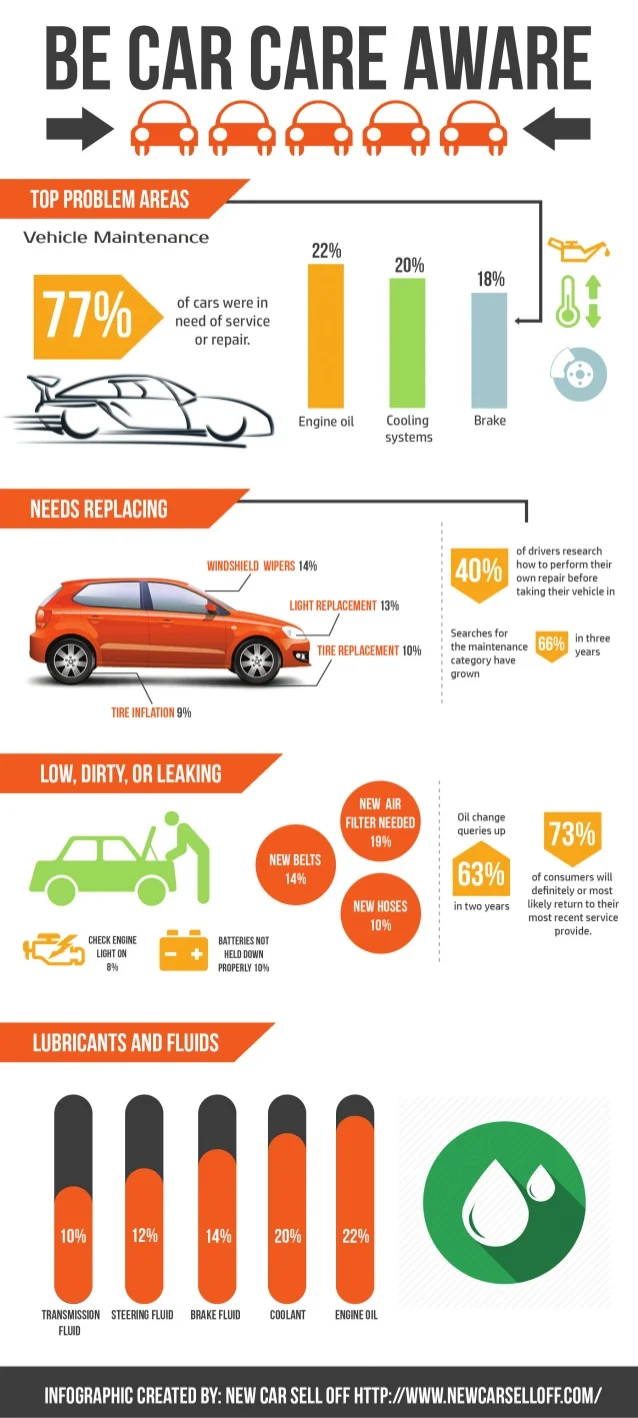Wondering About The Significance Behind Those Control Panel Warning Lights? Gain Understandings Right Into Their Ramifications For Your Vehicle'S Safety And Security And Upkeep
Wondering About The Significance Behind Those Control Panel Warning Lights? Gain Understandings Right Into Their Ramifications For Your Vehicle'S Safety And Security And Upkeep
Blog Article
Content Written By-Boye Kejser
When you're behind the wheel, those beautiful caution lights on your dashboard can be a little bit difficult. Do you understand what they're attempting to inform you about your automobile's wellness? Understanding the importance of these lights is important for your security and the longevity of your lorry. So, the next time one of those lights appears, wouldn't you wish to decipher its message properly and take the essential actions to address it?
Common Warning Lighting and Interpretations
Determine usual caution lights in your vehicle and recognize their significances to guarantee safe driving.
The most normal warning lights include the check engine light, which signifies issues with the engine or discharges system. If this light comes on, it's crucial to have your automobile inspected quickly.
The oil stress cautioning light shows low oil stress, calling for immediate focus to avoid engine damage.
A blinking battery light could suggest a malfunctioning billing system, potentially leaving you stranded otherwise addressed.
The tire stress surveillance system (TPMS) light informs you to reduced tire pressure, impacting car stability and fuel effectiveness. Ignoring this could bring about unsafe driving conditions.
The abdominal light suggests a trouble with the anti-lock braking system, jeopardizing your capacity to stop promptly in emergencies.
car valet service near me but not least, the coolant temperature advising light warns of engine overheating, which can result in severe damage otherwise dealt with promptly.
Comprehending these common warning lights will aid you resolve problems promptly and preserve secure driving problems.
Significance of Prompt Attention
Understanding the usual caution lights in your cars and truck is just the very first step; the significance of without delay attending to these warnings can not be highlighted enough to ensure your security on the road.
When have a peek at this site brightens on your dashboard, it's your cars and truck's method of interacting a prospective issue that needs interest. Overlooking these cautions can result in a lot more extreme issues later on, endangering your safety and potentially costing you much more out of commission.
linked web-site to cautioning lights can stop breakdowns and mishaps. For example, a flashing check engine light could suggest a misfire that, if left unattended, could create damages to the catalytic converter. Resolving this immediately can save you from a costly repair work.
In a similar way, a brake system advising light could signal reduced brake liquid or worn brake pads, important components for your security when driving.
DIY Troubleshooting Tips
If you discover a warning light on your control panel, there are a few DIY troubleshooting suggestions you can try before looking for professional aid.
The first step is to consult your auto's handbook to comprehend what the certain warning light suggests. Often the problem can be as simple as a loosened gas cap causing the check engine light. Tightening check out the post right here may settle the issue.
Another usual problem is a low battery, which can set off different warning lights. Examining the battery links for deterioration and guaranteeing they're secure may take care of the problem.
If a caution light continues, you can attempt resetting it by disconnecting the automobile's battery for a couple of minutes and afterwards reconnecting it. Additionally, inspecting your automobile's fluid levels, such as oil, coolant, and brake fluid, can aid repair cautioning lights related to these systems.
Final thought
To conclude, recognizing your automobile's caution lights is crucial for maintaining your vehicle running efficiently and securely. By immediately addressing these notifies and understanding what they mean, you can prevent expensive fixings and possible failures.
Bear in mind to consult your vehicle's manual for specific details on each advising light and do something about it accordingly to make certain a trouble-free driving experience.
Keep informed, remain safe on the road!
